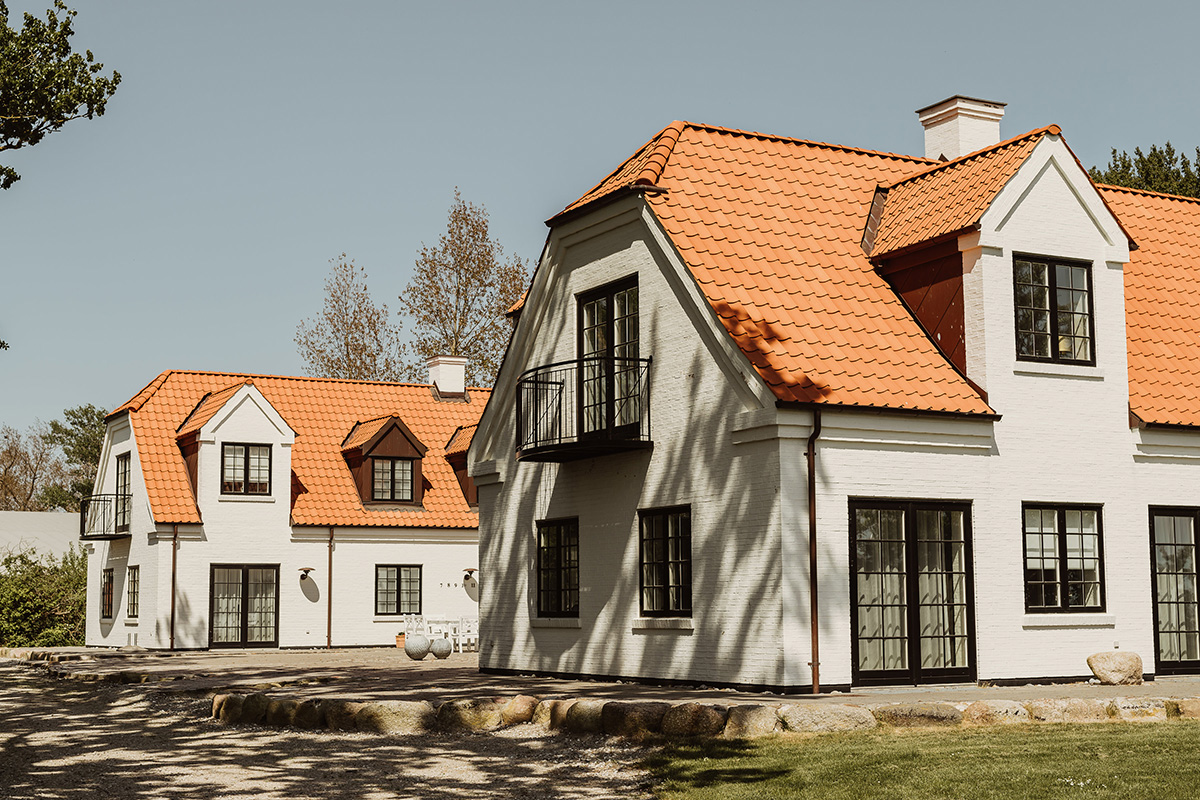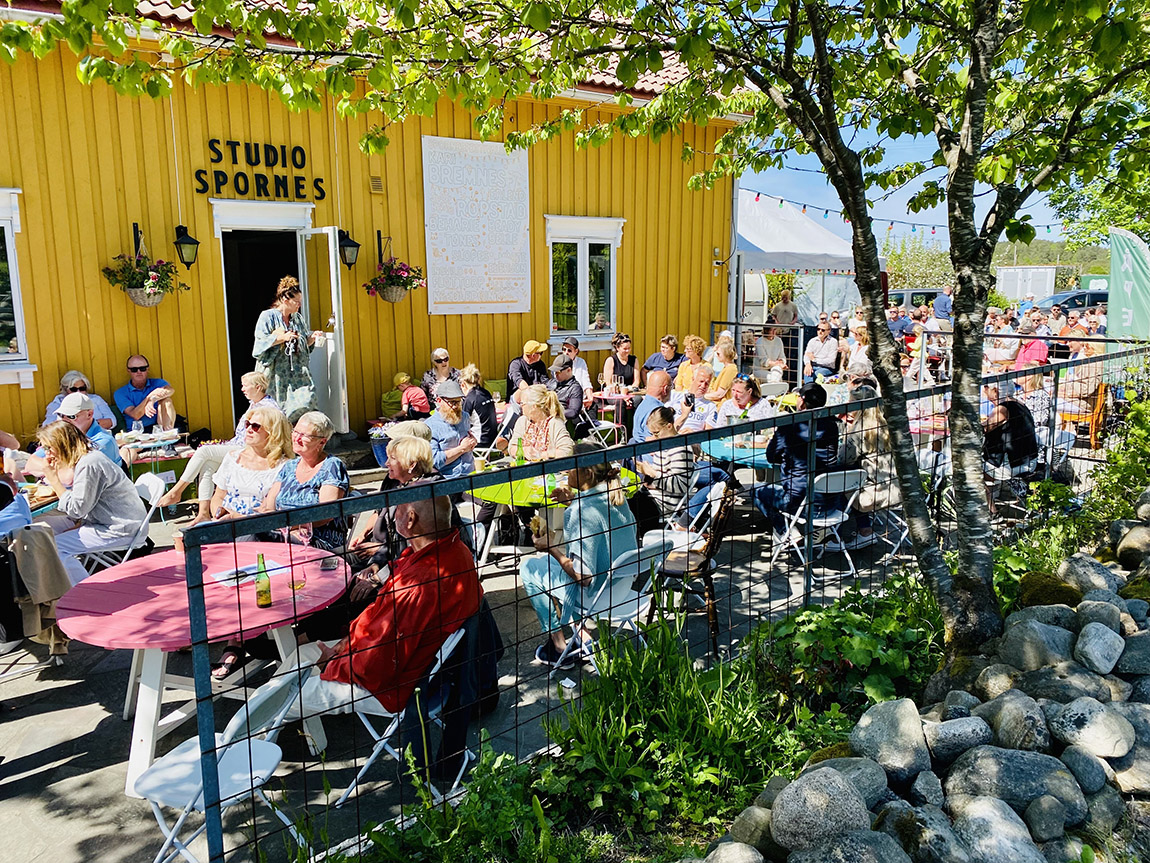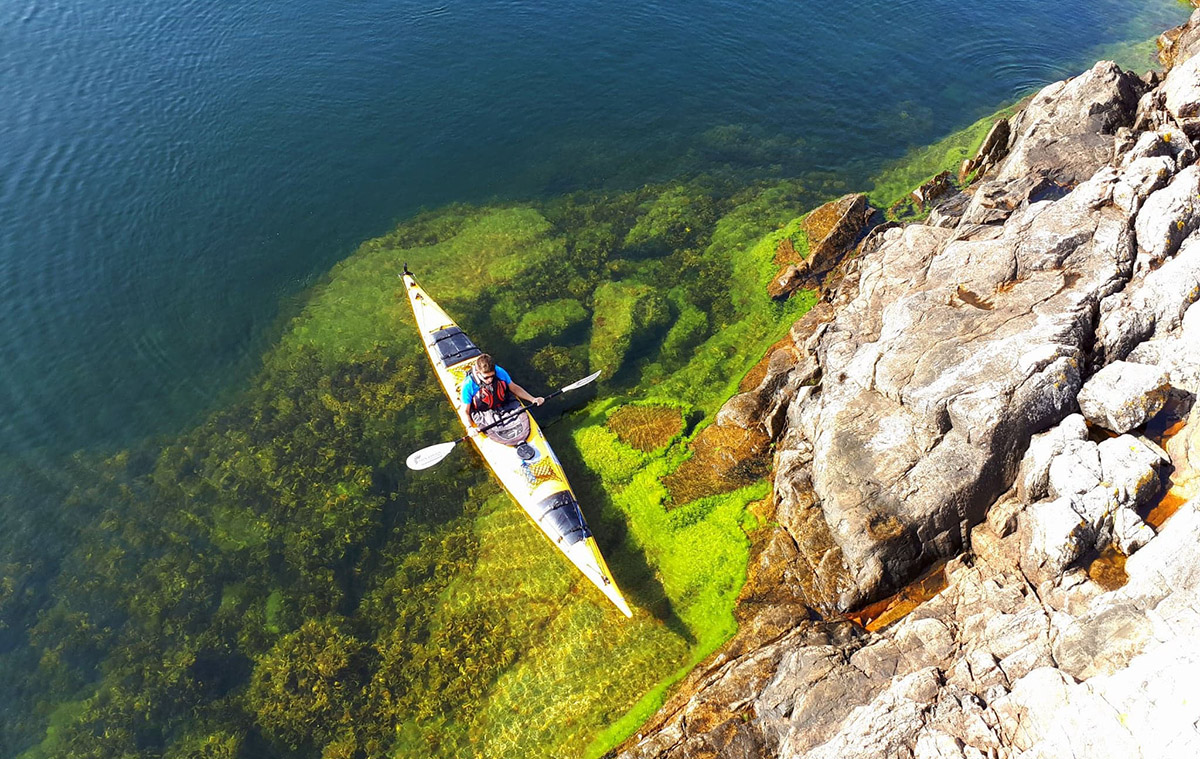Explore history, fashion, seafaring, and more with the Vestfold Museums
By Celina Tran
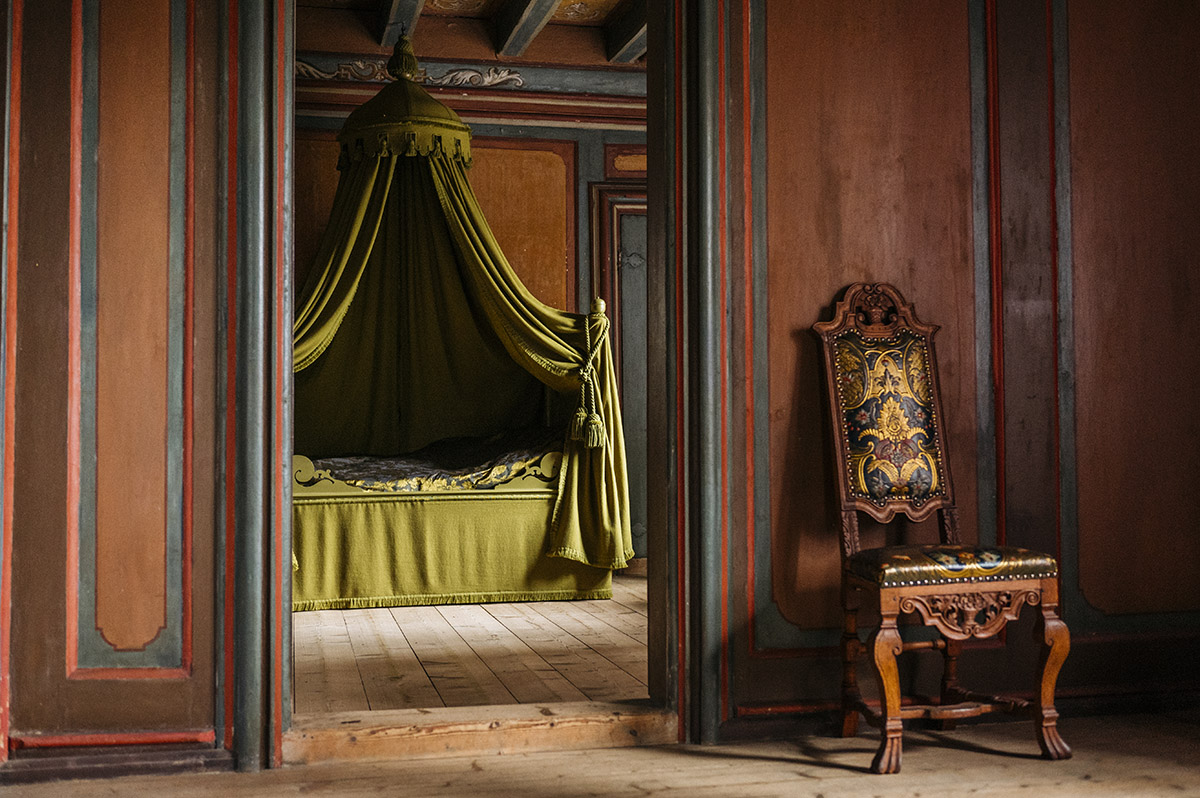
If you’re travelling with young ones, make sure to check out Herregården’s activity booklets for children for a fun and educational experience. Photo: Georg Aamodt
Home to all sorts of idyllic sights and sounds, from UNESCO Geoparks to terminal moraines from the ice age, Vestfold shows that the smallest county in Norway might also boast the title of the most impressive. In addition to beautiful natural landscapes and thrilling metropolitan experiences, Vestfold’s incomparable museum scene is bound to impress visitors from all over the world.
Larvik Museum
Situated in the coastal town of Larvik, visitors can explore the city’s culture and history from the 1700s to present-day at Larvik Museum. “The town’s location in a county created for Count Ulrik Frederik Gyldenløve would make it stand out along neighbouring towns, and Vestfold was an attractive area for Danish nobles,” explains Henriette Hedemann Skogvold, marketing advisor at Vestfoldmuseene. “Its role in housing Denmark-Norway’s most important iron works for over 200 years would also put it on the map.”
While Norwegian separation from Denmark in 1814 meant the end of the traditional county system in Norway, the Manor House remains on the museum’s grounds. Visitors can see the interior from the 17th and 18th centuries, and the museum continues to be an important source of Larvik’s history.
Its location along the water continues to influence the town, so Larvik Museum has dedicated the maritime section of the museum to the many naval explorations of Norwegian adventurers, including Larvik’s brave wartime seafarers. “I recommend going to see the canoe that the local boys Reidar Teigen and Odd Ekanger Olsen used to paddle all the way from Larvik to Kenya,” says Skogvold.

Photo: Georg Aamodt
The Aluminium Museum
Unless you live under a rock, you probably use aluminium every day. Whether scrolling through social media on your phone, when you tip-tap away on your computer, or when travelling. “Very few metals serve as many purposes as aluminium,” says Skogvold. “In one lifespan it’s a part of someone’s kettle, and in the next, it’s a part of your brand-new car.”
The Aluminum Museum is a modern museum where you can learn all about the metal itself, but also its important role throughout Norwegian industrial history.
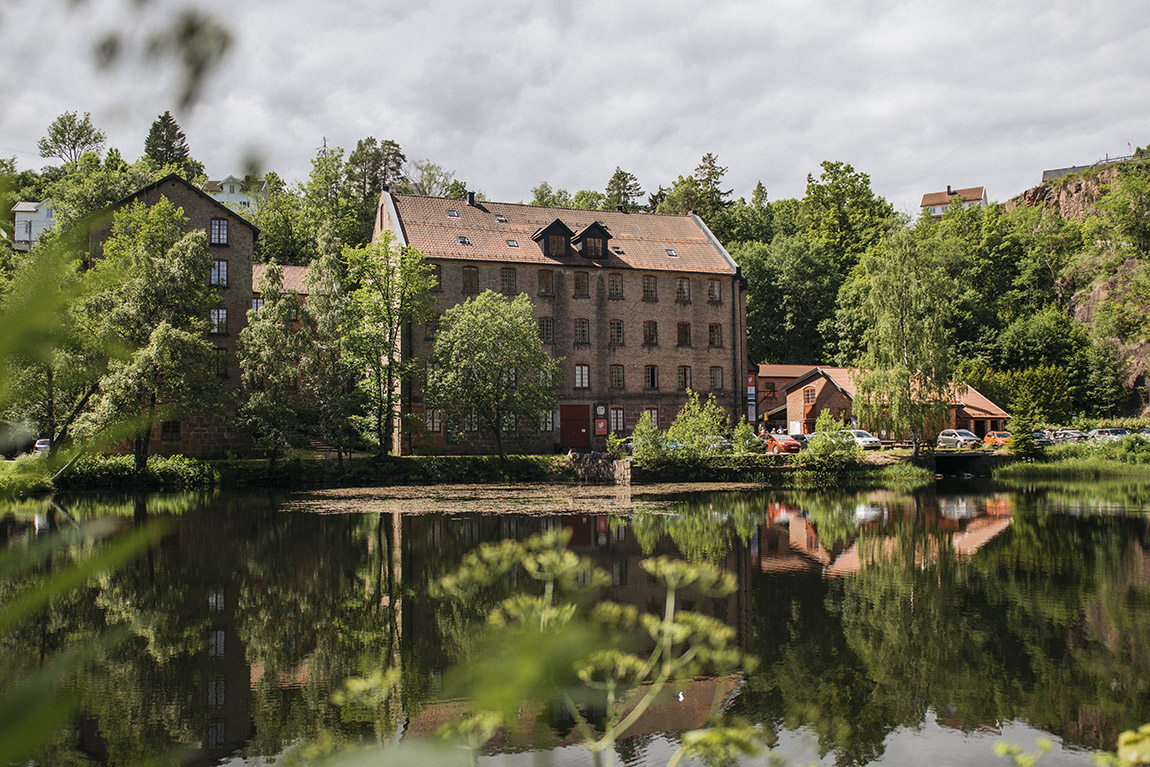
Photo: Georg Aamodt
Berger Museum
With a brimming collection spanning across both time and borders, Berger Museum offers a glimpse into the Norwegian and European textile industry over 122 years. The exhibitions give visitors the opportunity to learn all about the production processes and the influences that would grow to become Norwegian and European Art Noveau, Art Deco, and Modernism.
“While you’re there, you should check out the three original patterns of Thorolf Homboe, celebrated Norwegian artist and the man considered to be Norway’s first industrial designer.”
Located in the previously decommissioned Fossekleven Factory in Berger, evidence of the production that once filled its rooms still lingers. While the museum focuses on textiles, the old worker’s apartment attached to it is a wonderful way of seeing what life was like in the area in the late 19th and early 20th century.
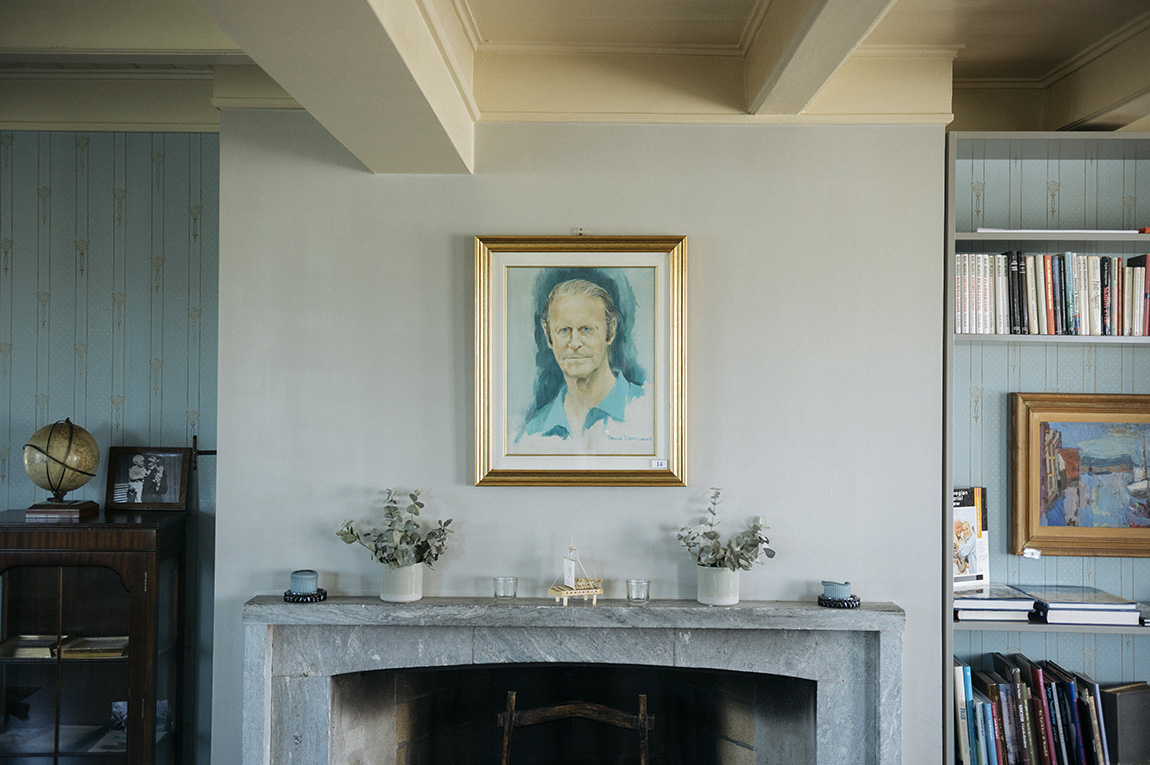
Photo: Georg Aamodt
The Eidsfoss Ironworks
In the tiny town of Eidsfoss, it can often seem as if time has stood still. Should you venture over to its old ironworks, which is now a museum, you will find what was once the beating heart of the community.
“Eidsfoss Ironworks was a special community where everyone, in some way or another, was part of the production of iron or iron objects,” says Skogvold. “From the smallest kitchen utensils to the big agricultural equipment, iron was important in all aspects of life.”
Notable sights at the museum include a casting furnace from 1755 and the parterre garden in the courtyard, which has canons from the 1800s. On the weekends, the museum also hosts a range of activities, including lectures and the chance to be a blacksmith for a day.
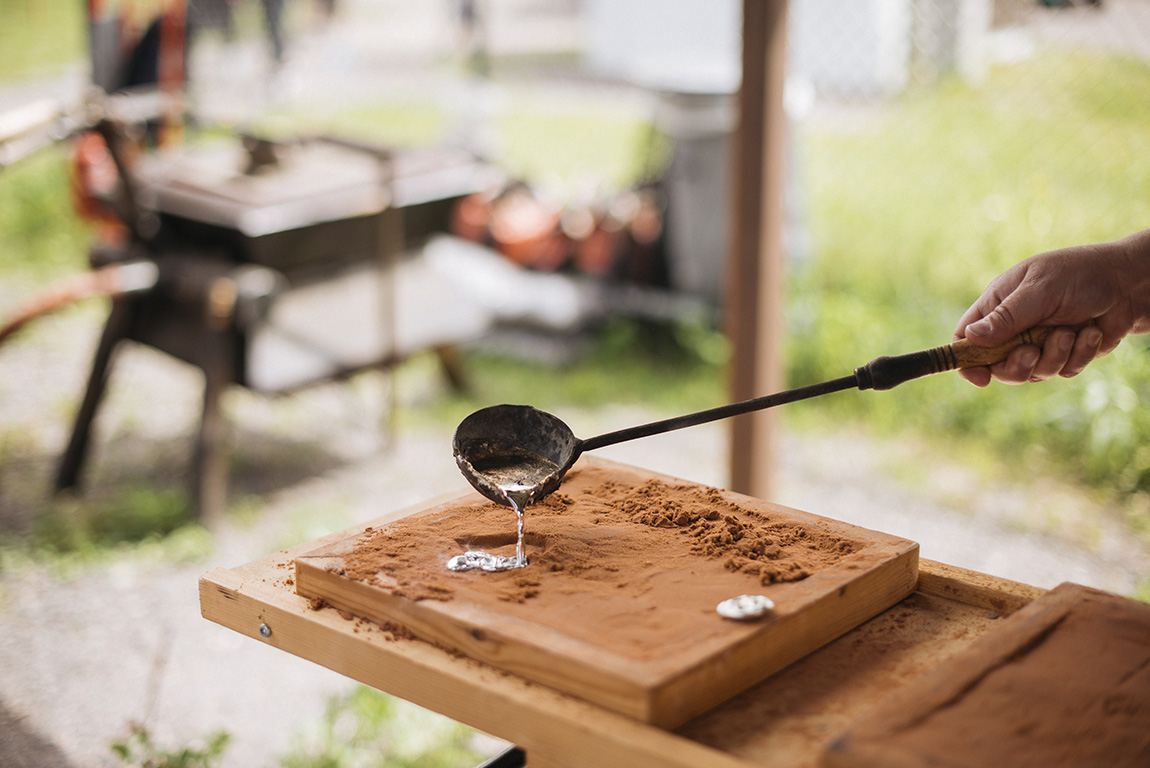
Photo: Georg Aamodt
Haugar Art Museum
Vestfold is not only home to historical museums, it also has a bursting art scene. With artwork from all over the world, Haugar Art Museum in Tønsberg is a museum with ever-changing exhibitions. “The museum actively tries to convey contemporary art in different forms to people from all over,” explains Skogvold.
In addition to different programmes, guided tours, and permanent exhibitions, this summer will see the opening of two new exhibitions; The Workers, featuring work by a range of artists, and Midtkarriere Retrospektiv by Ane Mette Hol.
The Thor Heyerdahl Institute
Thor Heyerdahl is perhaps best known as the adventurer who led the Kon-Tiki expedition, a journey across the Pacific Ocean on nothing but a raft made from balsa logs. Heyerdahl’s book about the expedition was translated into nearly 70 languages, and the documentary film won an Oscar in 1951.
“Today, the Thor Heyerdahl Institute in Vestfold continues to develop his ideas and ideals within interdisciplinary research, in addition to teaching Heyerdahl’s life and expeditions, of course,” says Skogvold.
In addition to educating and promoting international dialogue and cooperation for environmental protection, the museum now offers a VR experience tracing Heyerdahl’s steps throughout Larvik, his hometown.
If you are curious, read more about Vestfold’s incomparable museum scene.
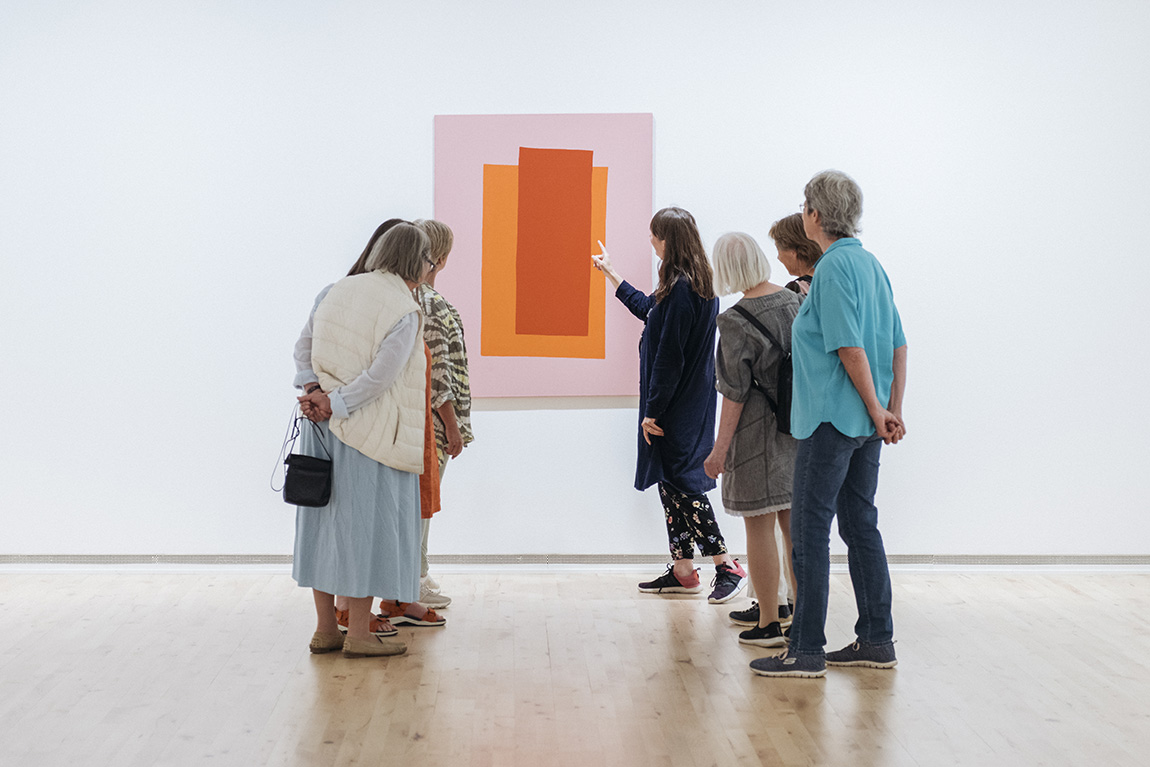
While on the first floor of the established Haugar Art Museum, make sure to explore every hallway, nook and cranny to get the most of Samlingspresentasjonen – a small, curated selection from a large, varied collection, where the newest addition is Almanakk by Siri Aurdal. Photo: Øystein Thorvaldsen
Web: www.vestfoldmuseene.no
Facebook: Vestfoldmuseene | Sandefjord
Instagram: @vestfoldmuseene
Subscribe to Our Newsletter
Receive our monthly newsletter by email

